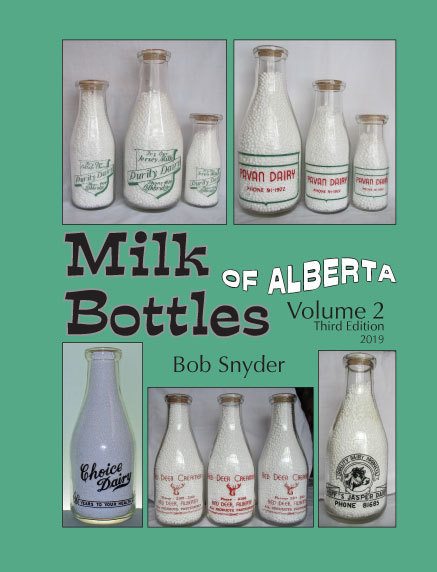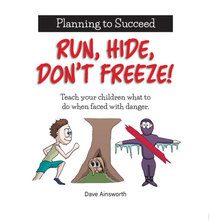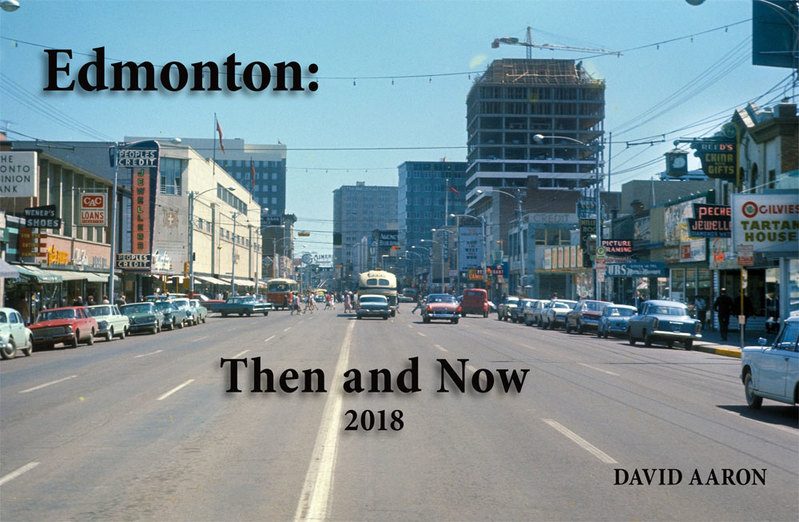Size options for your book
Book size affects its reception in the market, its printing cost, its ability to convey graphics, its portability...
The primary question when choosing the size of your book is, “What suits the content best?” This includes the aspect ratio of art and and the space needed to communicate. Some sizes feel imposing, which can be the desired feel. Detailed tables may need more width.
In general you will also want to fit standards for the genre.
Next consider production costs relevant to the potential sales price. Some sizes are more efficient, others lack distribution options. Following are pros and cons of common book sizes.
Standard workhorse
At PageMaster, our standard size is 5.25x8 inches. It is economical to produce, fitting four copies on a tabloid sheet with trim allowance and the correct grain direction for reader friendly books. Most of our novels, poetry books and biographies are this size.
More room for photos or design
The 6x9 size works well when there are more photos or other graphic elements. Most business books fall into this size as well as many biographies. This is also a good size for younger readers where type is larger.
We create a bit wider margins in order to keep line length reasonable (long lines are too hard to read).
Occasionally a book can stay under 250 pages and still be mailed first class in Canada by moving up to 6x9.
We do lose efficiency on cover printing with books over 1/2 inch thick, which does affect costs on 6x9 books a bit.
Text books and larger format
Sometimes your book just need lots of room to include graphs, photos and document facsimiles. Sizes include 7x10, 8x10 and 8.5x11 (standard letter). These do cost more per page to print and the total page count will not be reduced that much. A two column format is usually required to preserve readability.
Other than colouring and activity books, these book sizes have a more serious feel. They also lose portability.
Square, short books
The square format is used primarily for kid’s books, but works well for art, too.
If you are looking for an economical full colour book, the 6×5.75 size works. Most children’s books in this size have enough price margin to sell in bookstores for $10 as we can print 6 at a time. It is a pocket or purse book.
Some authors have chosen to also do an 8×8 option for reading to groups. The 8×8 size is popular for illustrated books but there is no cost saving over an 8×10 when printed locally. The aspect ratio of the illustrations is a primary factor in choosing the size.
Other shapes and sizes
Landscape books
Most books can also be produced in landscape mode at PageMaster and often work well with photos. Without columns, text lines are generally too long for comfortable reading. Typesetting guidelines suggest an optimal line length is between 1.5 and 2 alphabets (39-52 characters).
Pocket size
Our process does not lend itself to greater efficiency with the 4.5×7 size, designed for mass production on web presses. We have produced a number; and it is important to fit the readers expectations.
Oversize
We have a number of books produced in 9×12. These are great for read-a-long and for detailed graphics. We have a full landscape 18×12 book on the store. These paintings said, “don’t fold me”.
Comics
The standard 6.675 x10.125 comic size is also too large to print economically. We do produce them, but if you can create your graphic novel or comic at 6×9, costs are considerably better.
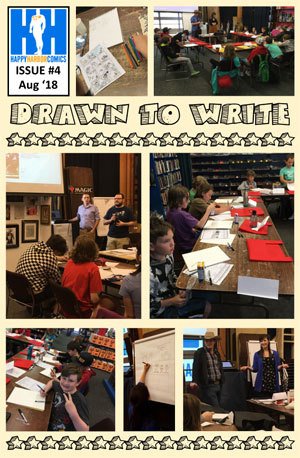
True to standard comic size on the left, and more commerically viable 6x9 on the right.
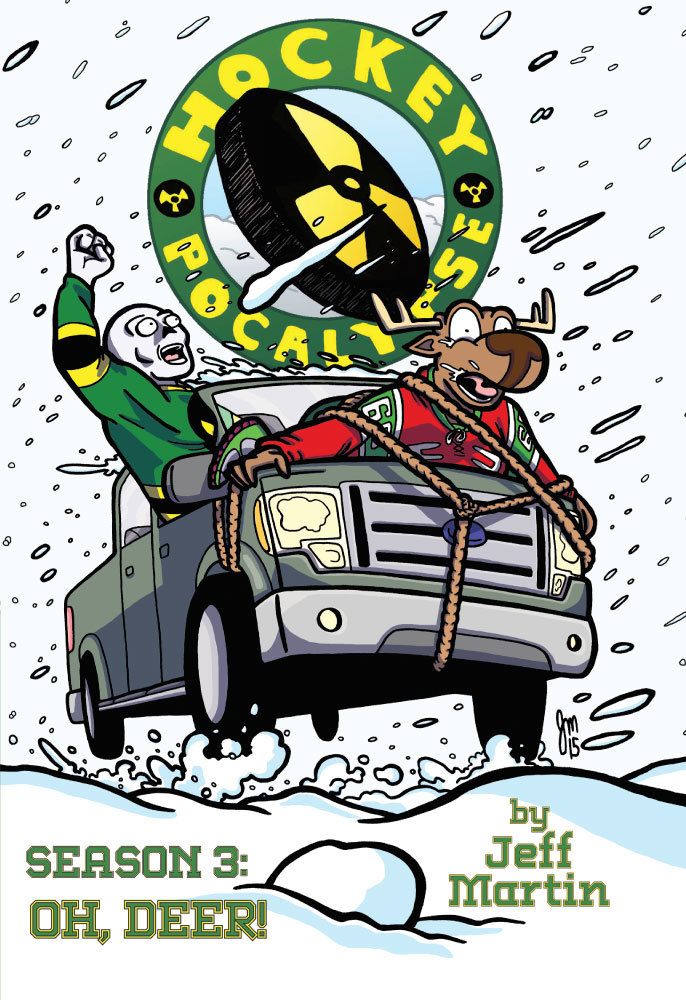
Non-standard trims
If world-wide print on demand is not an issue we can trim to suit. Aspect ratios are the most common consideration, but you may have another reason. Some examples are 8.25×3.75 comic by Jeff Martin, 3.5×5 Listening pocketbook series by Glen Carlson, 6×4.25 Stoplight Approach booklet, and 4×5.75 Jesus Prayer by Victor Fedyna.

If you would like more information on how size affects cost see: https://pagemaster.ca/book-estimate/

